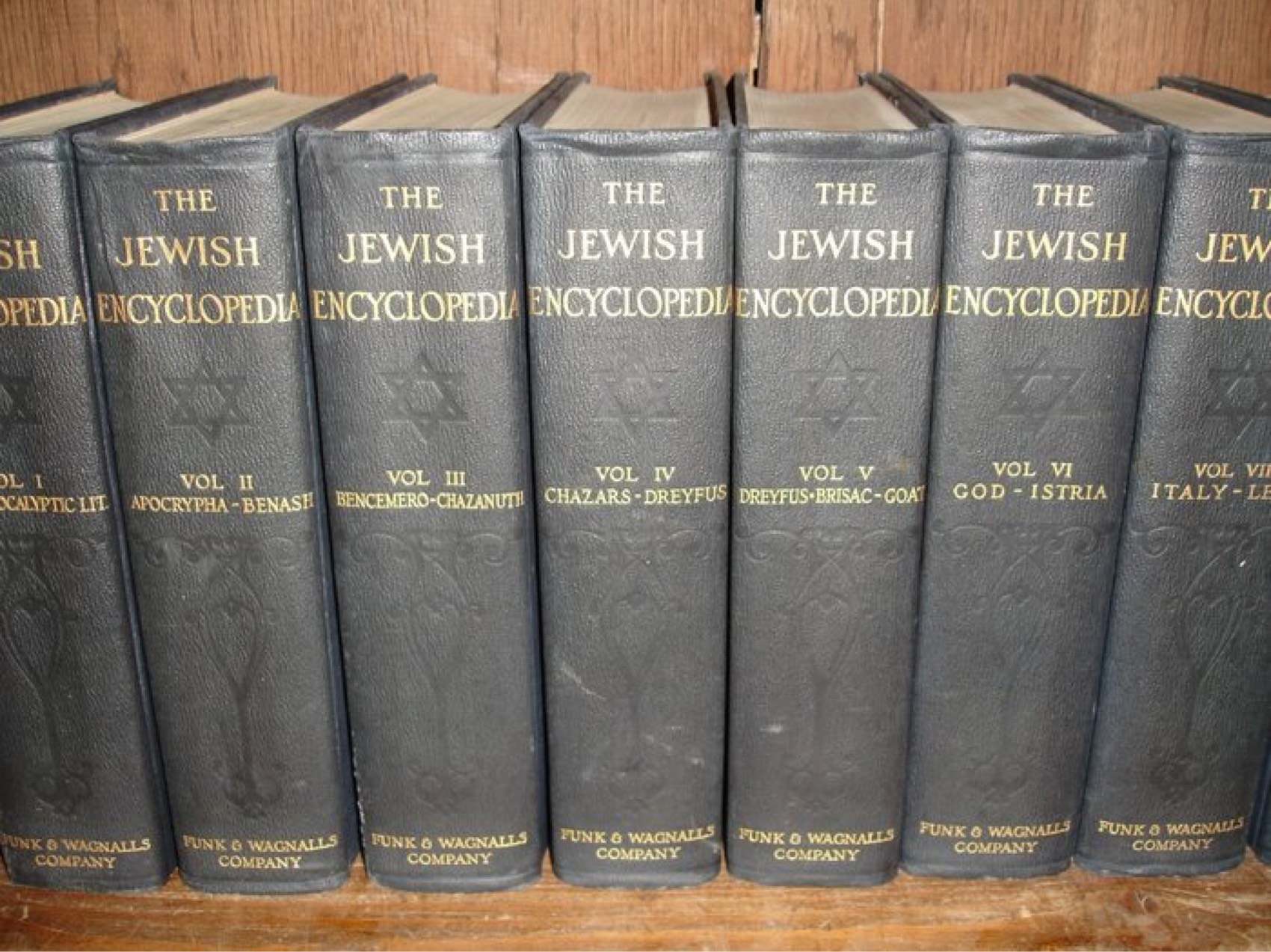Gog and Magog: Their Religion and Obsession with the “Town”
The figures of Gog and Magog—known in Islamic tradition as Yajuj and Majuj—are shrouded in apocalyptic mystery across Abrahamic religions.
While the Quran and Hadith literature provide limited but evocative details about them, interpretations and speculation abound. Among these is the idea that Gog and Magog may adhere to the Jewish faith and harbor a fixation on the Holy Land, especially the city of Jerusalem.
Quranic Reference and the “Town”
In Surah 21, verse 95, the Quran states:
“And there is a ban upon [the people of] a town which We destroyed: they shall not return.
Until, when Gog and Magog are let loose, and they swarm down from every mound.”
This verse has been interpreted by some exegetes and commentators to refer to Jerusalem, the “town” whose destruction and the divine decree against its reentry become symbolically significant. In this context, the town becomes central to eschatological narratives, particularly involving Gog and Magog. Their emergence is linked to the end of days and the unfolding of divine justice on earth.
Who Are Gog and Magog?
In both Islamic and Judeo-Christian texts, Gog and Magog are described as tribes or peoples of great power and corruption. In the Quran (Surah 18, verses 94 to 99), they are described as causing “mischief in the land” and being temporarily sealed off by the righteous ruler Dhul-Qarnayn, only to break free near the end of time.
In the Islamic eschatological view, their release marks a cataclysmic moment in human history—one of chaos, global strife, and ultimately, divine intervention.
The Theory: Adherents of the Jewish Faith?
One theory proposed by some interpreters and observers is that Gog and Magog might be associated with the Jewish faith. This theory is not explicitly supported by classical Islamic texts, but it arises from certain geopolitical and scriptural readings. The idea hinges on their supposed obsession with the Holy Land, particularly Jerusalem—a city central to Jewish theology, identity, and eschatology.
According to this view, the reference in Surah 21, verse 95 to a town (Jerusalem) and a divine prohibition on return could be indirectly linked to the movements or aspirations of Gog and Magog. Their “obsession” with the land may be interpreted as a reflection of a deeper theological or historical attachment, possibly rooted in Jewish claims to the area.
However, this view remains speculative and is not universally accepted. Many Islamic scholars argue that Gog and Magog are not to be identified with any specific religious group but rather represent a corrupt and destructive force, devoid of spiritual alignment and indifferent to divine guidance.
Symbolism vs. Literalism
The Quranic and Hadith portrayals of Yajuj and Majuj allow room for symbolic interpretation. Rather than focusing solely on their ethnic or religious identity, many scholars emphasize their role in divine narrative: as signs of the approaching Day of Judgment, their release into the world serves as a stark reminder of human vulnerability, the limits of power, and the necessity of divine guidance.
Thus, whether or not they adhere to a specific religion, the deeper message lies in what their emergence represents—chaos preceding divine order, falsehood before the triumph of truth.
Conclusion
While some theorists suggest that Gog and Magog may follow the Jewish faith and possess an enduring obsession with the Holy Land—particularly Jerusalem—Islamic scripture provides little direct support for such claims. Surah 21, verse 95 does refer to a town whose people are barred from return, and this is often interpreted to mean Jerusalem. Yet, the identities and motives of Gog and Magog remain deliberately vague, serving more as eschatological signs than as historical actors.
As with many elements of apocalyptic literature, the role of Gog and Magog ultimately points beyond themselves—to the divine plan, the coming of the final hour, and the unfolding of cosmic justice.

